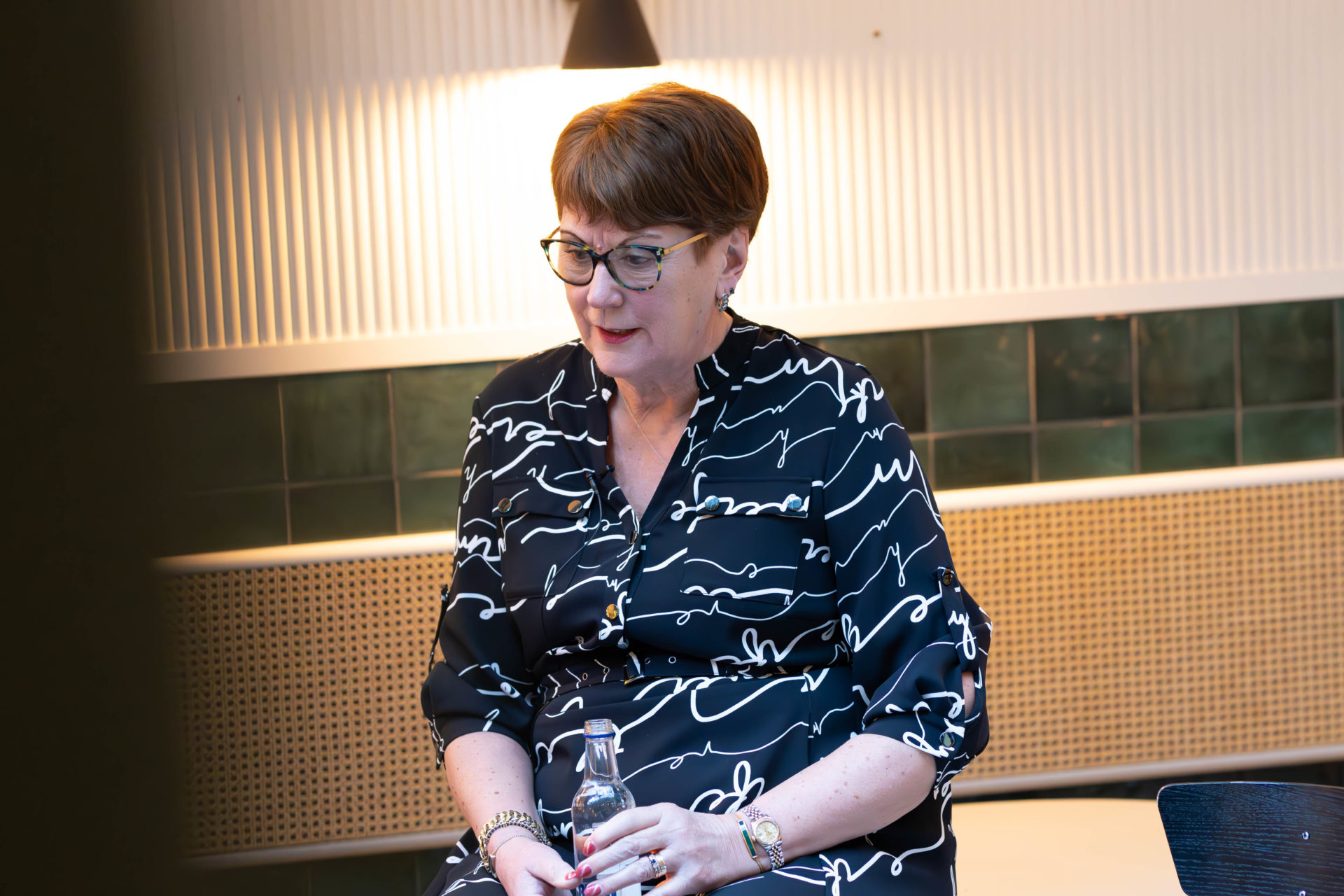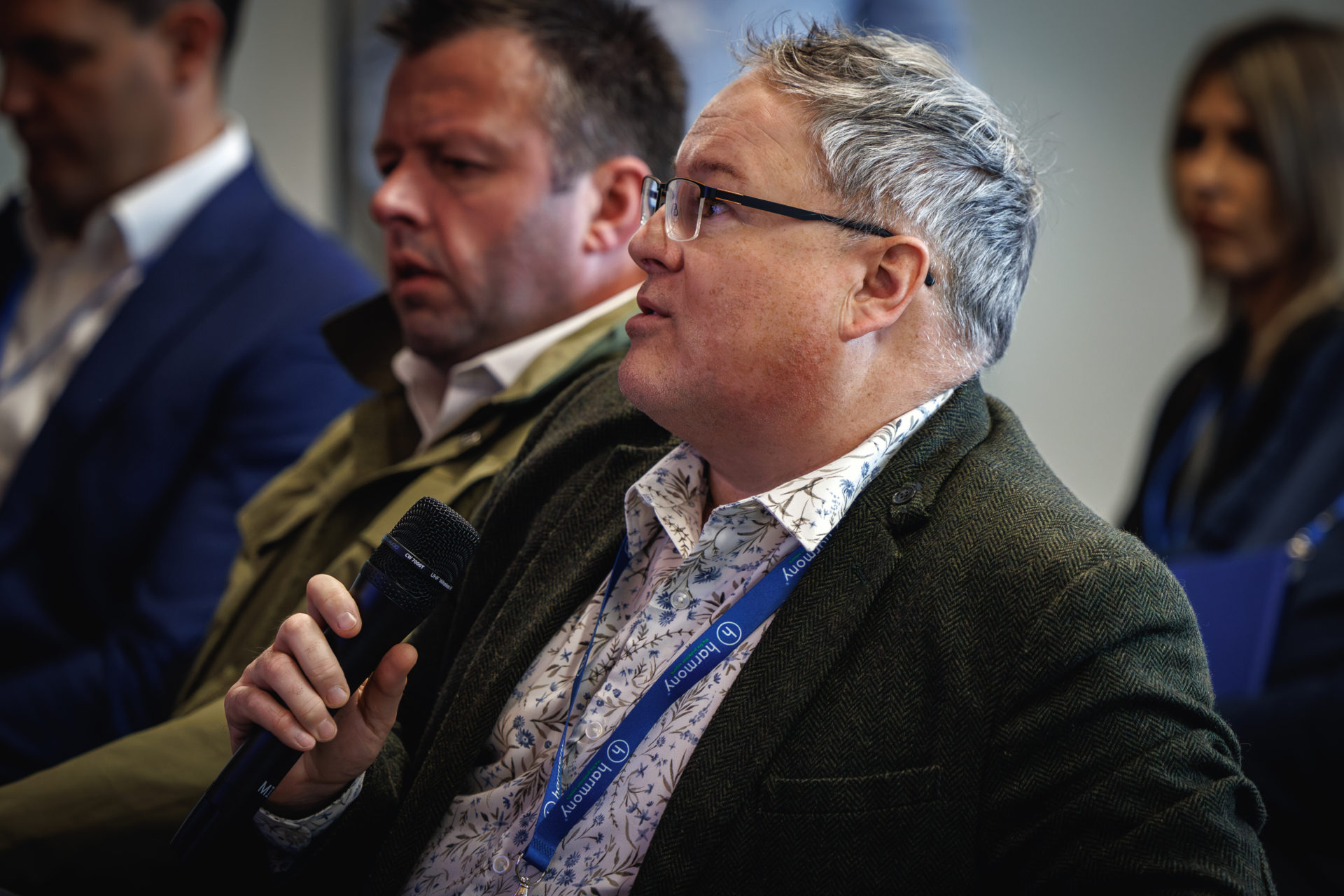Connor Mitchell, Director at Harmony Fire
There’s so much to unpack from our knowledge connect events this year with Dame Judith Hackitt, but the clear message is that we have a short and diminishing window of opportunity to collectively come together and create an outcomes-based and accountable framework. Prioritising the safety of residents must be our number one objective to ensure we will never again face the spectre of a Grenfell tragedy.
Since the shocking events of the 14th June 2017, an immediate consequence has been the elevation of fire safety in the public consciousness. The high-profile and swiftly convened enquiry and report – Building a safer future – led by Dame Judith, called for a universal shift in culture. The final report on Grenfell has maintained widespread media interest and visibility on this crucial topic – but, in what Dame Judith described as ‘shameful’, had also led some organisations to express that they had ‘got off lightly’.
There is a clear and present danger that with the publication of the final report, the momentum and profile of fire safety dissipates, and we all move on – job done! For every single one of our event delegates, this is not an issue that is going away, and its implications are creating significant challenges to the operating models and funding channels of Registered Providers.
The fragmentary nature of both the social housing sector and the built environment industry is a major hurdle that Dame Judith identified, but these are structural issues that cannot be simply fixed. Supporting the aims of our knowledge connect events, Dame Judith highlighted that collaboration, sharing ideas, innovations and challenges, and developing solutions and sharing best practice, would be key to driving meaningful and tangible change.


In a sobering thought for our audience, Dame Judith placed a 10-to-20-year timeframe on bringing the sector to full compliance – ‘the journey has only just started’. There is no sign that we will go backwards – but the pace of change is something that we all have agency to determine with focus and commitment.
Common sense and proportionality was a key and recurring theme, and 10-years at the helm of the Health & Safety Executive (HSE) taught Dame Judith to ‘focus on the important stuff’. There was also broad consensus that a risk averse culture was now in danger of stifling actual progress on the implementation of key safety measures bringing a material impact on residents’ lives. A ‘tick box culture’ of binary safety decisions is taking hold with Registered Providers, was the considered view of many delegates.
Dame Judith was clear – the industry needs really competent fire safety practitioners that have the confidence to make pragmatic decisions. There is currently a dearth of professional advisors in the sector and this needs to be urgently addressed to move the industry away from a growing culture of spreadsheets and box ticking. The shift needs to prioritise tangible actions that make an immediate impact on resident’s lives – the ability for leaseholders to sell an insurable and mortgageable property or the psychological effect of knowing that your building is fully fire safety compliant, and your family is safe.
With the regulator under resourced and over 1400 buildings in occupation still due to be assessed, now is the time for greater collaboration and a pragmatic approach. Dame Judith’s comment that ‘the height of buildings is a blunt proxy for risk’ resonated strongly with delegates – many of whom have low-level sheltered housing and other complex environments within their portfolios. Feeling safe in a home is everyone’s right, irrespective of the dwelling. An important message to leave on as we close out a year of intense scrutiny on our industry and start to see the positive impact of greater collaboration and knowledge sharing.
A version of this article was published in Housing Executive

